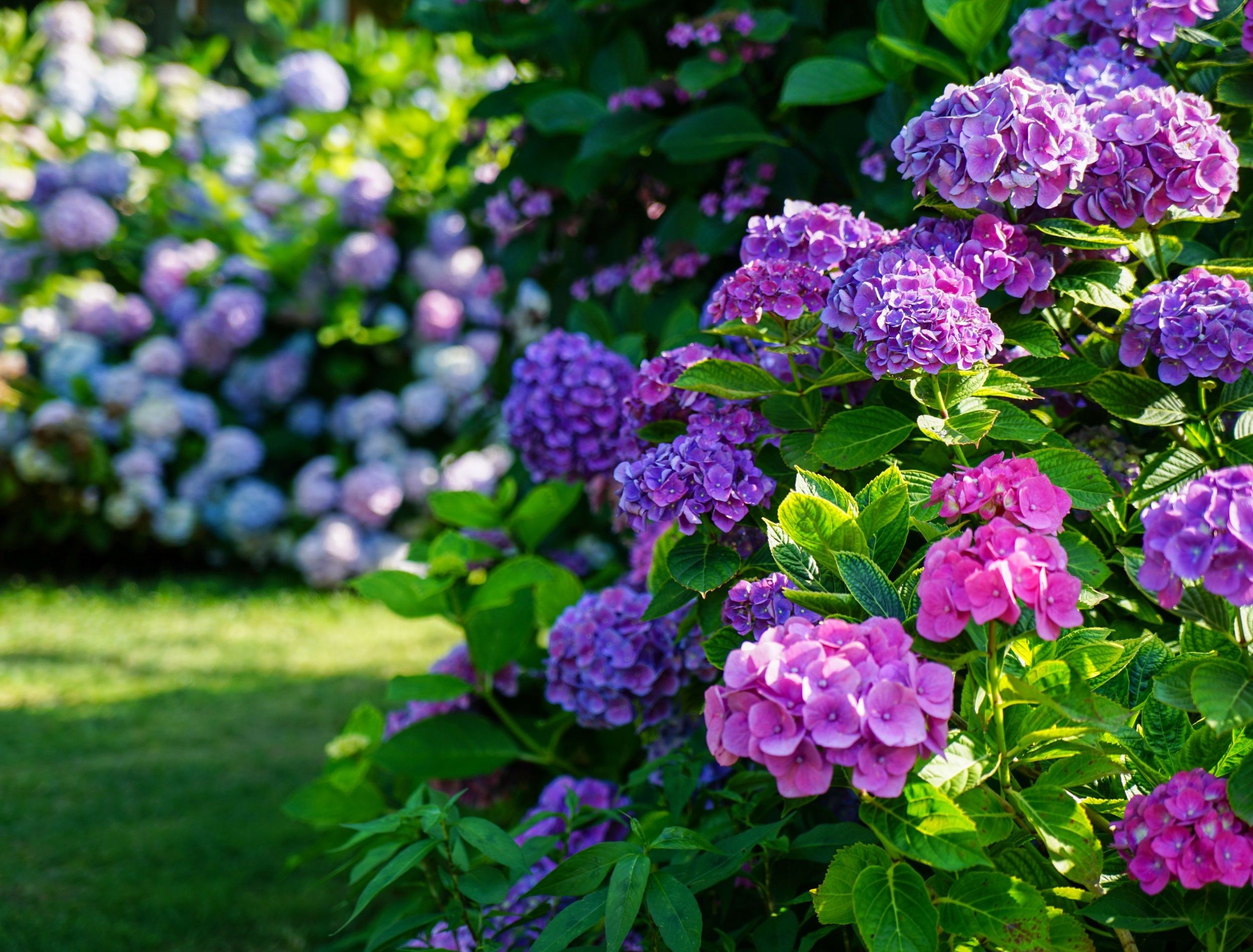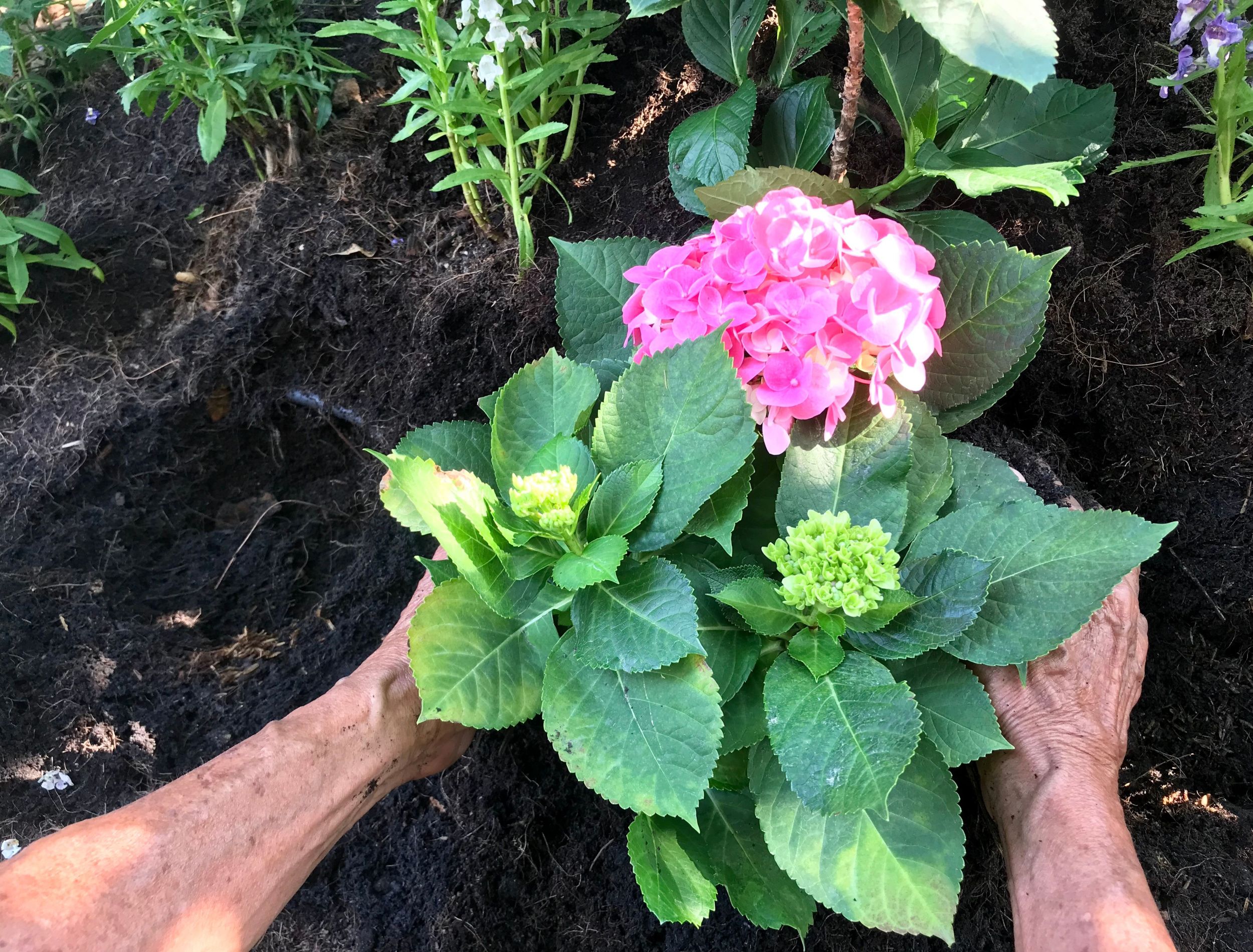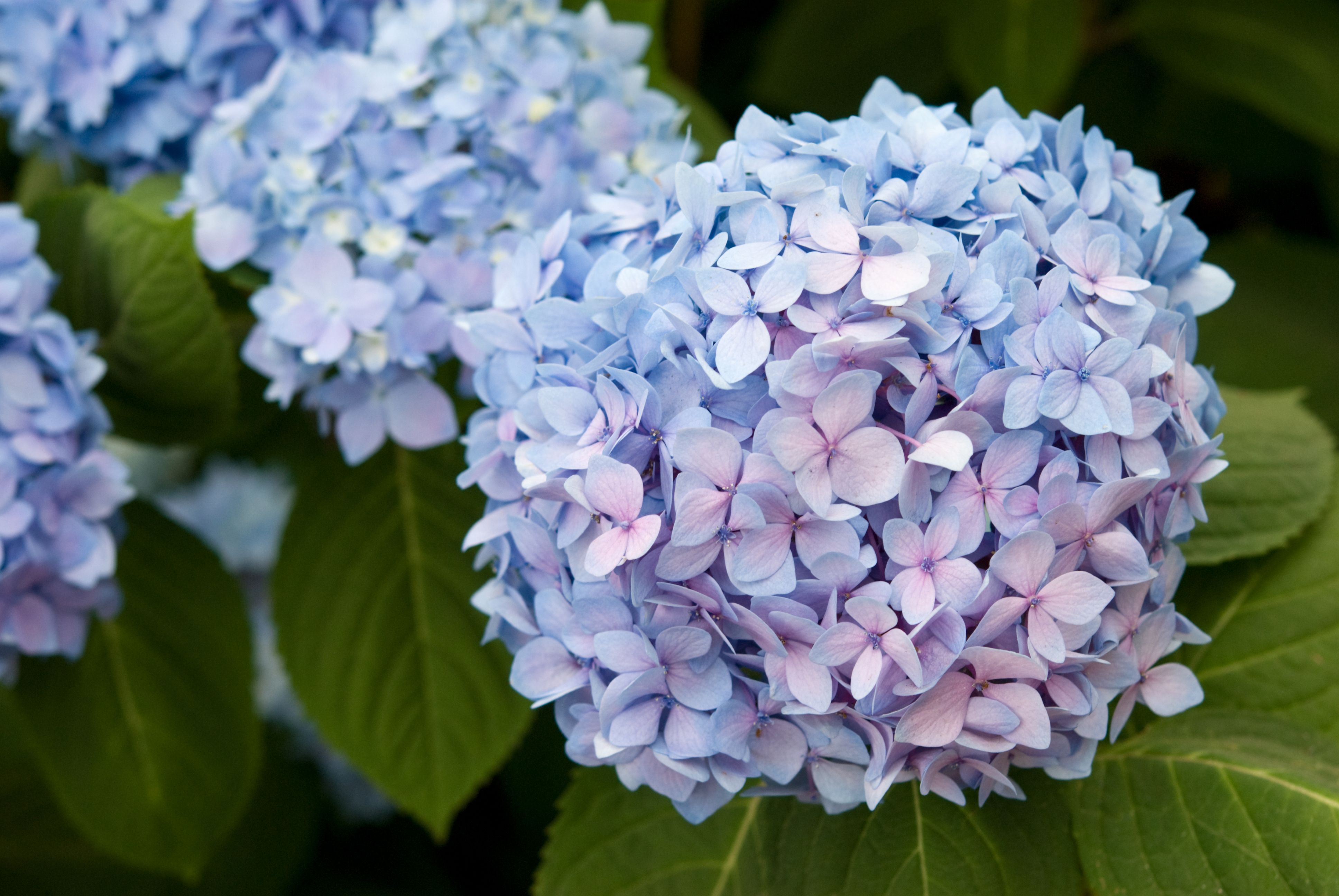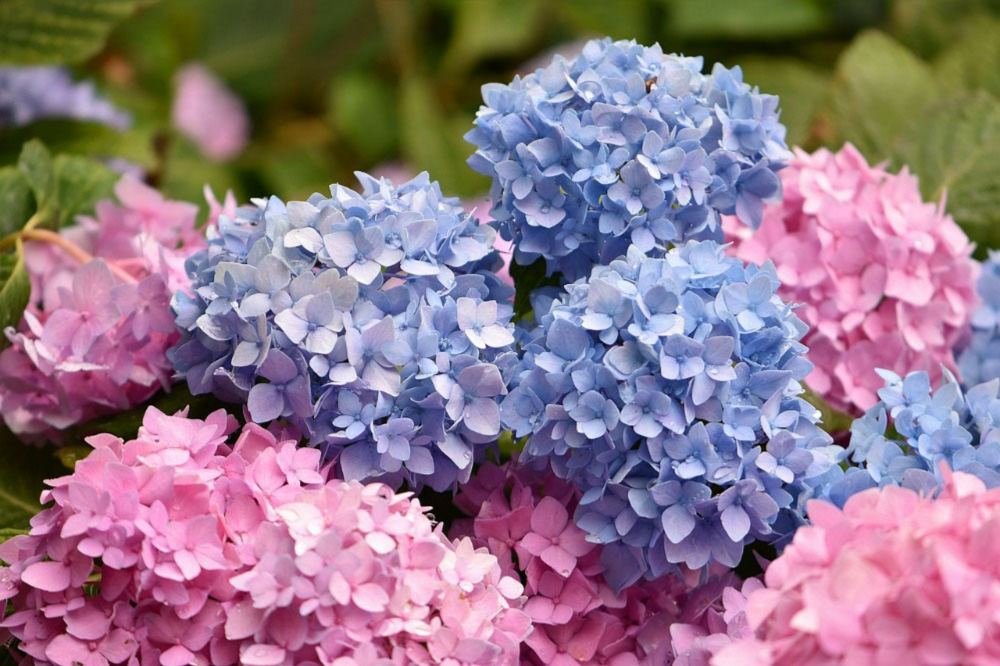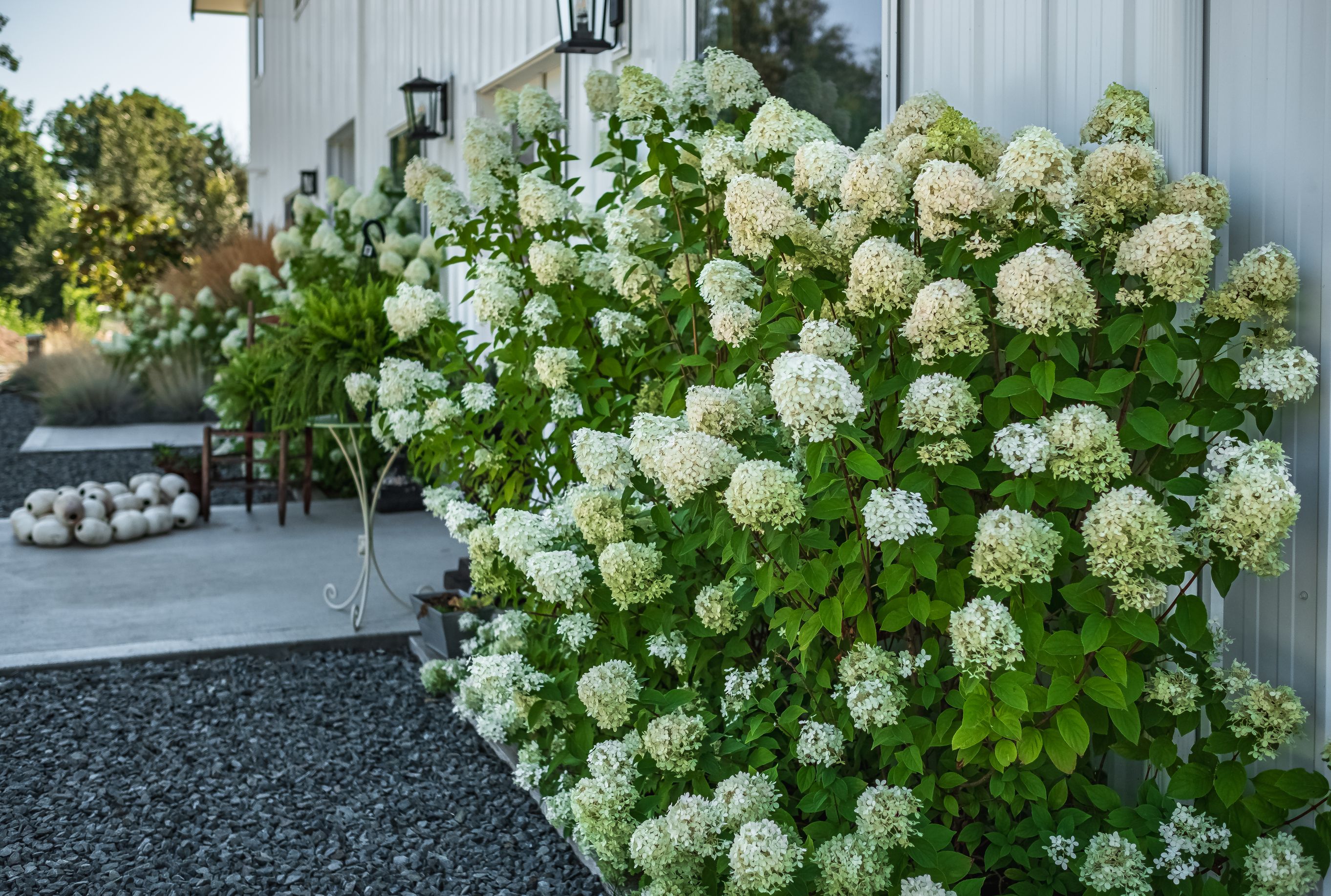Hydrangeas, with their full, rounded blooms and rich spectrum of colors, are a favorite among many garden enthusiasts. One of the most captivating aspects of these plants is the ability to influence their coloration based on specific soil conditions. So, whether you're charmed by the deep blues, vibrant pinks, or the serene purples, knowing how to manipulate and maintain the color of your hydrangeas elevates your gardening game.
Delve into the science and art behind changing the color of these beautiful flowers and learn some practical steps to achieve the shade of your choice.
The Magical Color Change
Hydrangeas are enchanting flowers celebrated for their lavish and showy blooms. Often gracing your outdoor area as a décor element, these flowers elevate the ambiance with their grandeur and beauty.
One fascinating aspect of hydrangeas that sets them apart from many other flowering plants is their chameleon-like ability to change colors. Contrary to the common perception that hydrangeas are static in their color, the soil's pH level influences their hue. By manipulating the acidity or alkalinity of the soil, you can achieve a desired shade, transitioning, for instance, from blue to pink.
This unique feature adds an element of surprise and versatility to gardening with hydrangeas, making them a favored choice among gardening enthusiasts.
How Do Hydrangeas Get Their Color?
First, some background information. The color of hydrangeas depends on the aluminum content in the soil. Soil rich in aluminum produces blue flowers, while soil with less aluminum yields pink flowers.
The soil's pH level determines the aluminum availability, which influences the flower's color. More acidic soil makes blue flowers, whereas alkaline soil leads to pink blooms. In other words, when the soil is acidic, the plant has more aluminum available for uptake.
How Do You Change It?
Now that you have a better understanding of the color dynamics of hydrangeas, dive into changing it! Start by testing your soil's pH level. Based on the results, decide if you need to increase or decrease your soil's pH.
To transform pink hydrangeas into blue, aim for a soil pH between 5.2 and 5.5. To achieve this, mix ½ an ounce of aluminum sulfate with 1 gallon of water and add it to your soil. You can find aluminum sulfate at many gardening stores. If you wish to change blue hydrangeas to pink or red, target a pH of 6.0 to 6.2. This means reducing the aluminum content. Introduce 1 cup of dolomitic lime to the soil annually to boost the pH.
It's important to note you won't see the results of your efforts overnight. It takes a few months and up to three years for the flowers to change color. Additionally, soil tries to revert to its original pH, so monitoring and maintaining pH levels has to be done more often. But once they do, you'll have a beautiful display in your garden sure to impress your friends and neighbors.
Can You Change the Color on All Hydrangeas?
Regrettably, not all hydrangeas undergo a color transformation. Among the varieties you can alter in terms of flower color are mopheads, lacecaps, bigleaf, or French hydrangeas, scientifically known as Hydrangea macrophylla. These varieties are especially popular for their ability to change hues based on the soil's pH and aluminum content, offering gardeners a unique opportunity to play with their garden's color palette.
However, certain other hydrangea varieties resist such color shifts. For instance, the oakleaf hydrangea, known scientifically as Hydrangea quercifolia, and the PeeGees or Hydrangea paniculata primarily display white or cream-colored blooms. These types inhold their distinct shades, and no matter the alterations you attempt on the soil, their color remains consistent.
It's essential for garden enthusiasts to recognize these distinctions when planning to change their garden aesthetics based on hydrangea colors.
Some Facts and Care Tips About Hydrangeas
Who would have thought Asian and North American native plants held so many intriguing secrets? Take their name, for example. It originates from the Greek words for "water" and "vessel".
Hydrangeas belong to the genus Hydrangeaceae, encompassing around 75 diverse species. Among them, the bigleaf hydrangea (Hydrangea macrophylla) stands out as the most prevalent.
A hydrangea plant stretches up to 10 feet in both height and width! Regardless of their variety, hydrangeas favor moist, well-drained soil with a pH ranging from 5.0 to 6.5. These plants thrive best in conditions ranging from partial sun to full shade, but it's essential to shield them from intense afternoon sunlight.
Pruning hydrangeas is a must. The optimal pruning time varies based on your hydrangea's type. For instance, for hydrangeas that blossom on old wood — like the bigleaf and oakleaf — trim them immediately after their flowering phase. In contrast, you can prune the panicle and smooth hydrangeas in the spring or late winter since they bloom on new wood.
Hues and How-Tos
Ever fancied tweaking the shade of your hydrangeas? As you can see, you can! The hue of your hydrangea blossoms directly ties to the soil's pH and its aluminum content. So, to turn your blooms a different shade, simply tweak the pH level. Dive into some straightforward steps and unlock the secrets of hydrangea hue alterations!
Got some savvy color-changing tips up your sleeve? Drop them in the comments! And remember, sharing is caring — spread the word to your family and friends about your blooming expertise!

